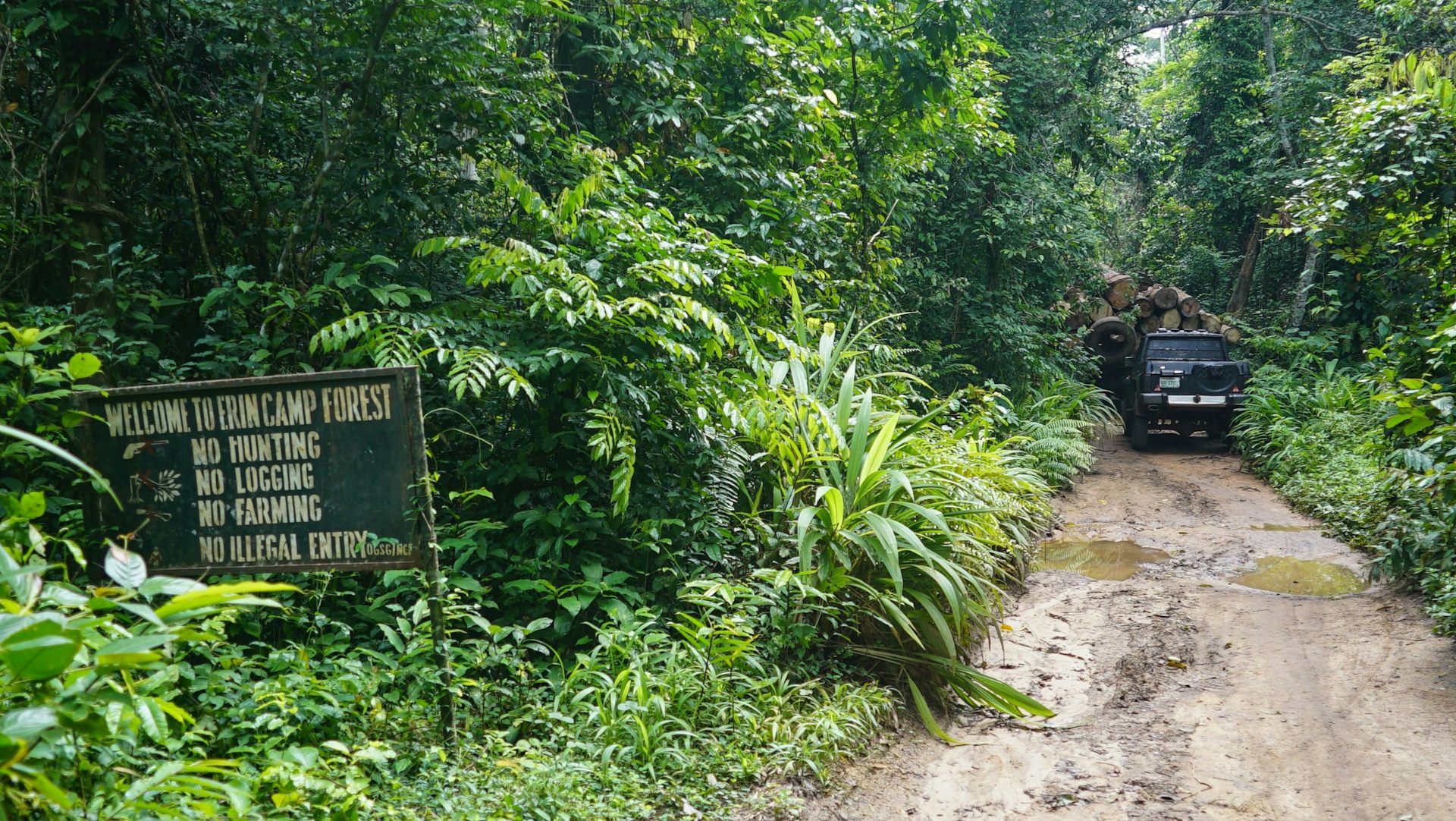
Nigeria’s Federal Ministry of Environment recently nominated Finima Nature Park in River State as a Ramsar site: a wetland of international importance.
These sites are designated under the Ramsar Convention, an intergovernmental environmental treaty established in 1971 by UNESCO. It aims to protect representative, rare or unique wetlands, or those important for conserving biological diversity.
The Finima nature park, when finally gazetted, will be Nigeria’s 12th Ramsar site. Established by the Nigerian Liquefied Natural Gas Company in 2001, the park covers about 1,000 hectares. It’s a mixture of tropical rain forest, mangrove swamps and freshwater ponds and is home to birds, crocodiles, snakes, alligators and the salt water hippopotamus.
Apart from conserving species, wetlands help to control floods, replenish groundwater, stabilise shorelines, retain nutrients and purify water.
The park will join Nigeria’s protected area of 445 forest reserves, 29 game reserves, 12 strict nature reserves, 11 Ramsar sites, 7 national parks and one biosphere reserve.
Contributions to the environment
The protected area network is vital to protect and conserve the country’s biodiversity.
Protected areas provide habitat for the country’s endangered, rare and endemic plant and animal species. For instance, the White throated guenon (Cercopithecus erythrogaster) and Sclater’s guenon (Cercopithecus sclateri) are mostly found in Okomu National Park, Edo State. The drill or forest baboon (Papio leucophaeus) and the chimpanzee (Pan troglodytes ellioti) survive only in Cross River (Cross River State) and Gashaka-Gumti (Taraba/Adamawa States) national parks, as well as some fragments of forests such as Ngel Nyaki forest reserve in Taraba State. The lowland or Cross River gorilla (Gorilla gorilla diehli) is endangered and restricted to three sites – Cross River National Park’s Okwangwo Division and Mbe Mountains in Nigeria, and the neighbouring Takamanda Forest Reserve in Cameroon.
The constitution of forest reserves by authorities began in 1889 with Mamu Forest Reserve, created as a buffer between Ibadan and Ijebu territories. In 1956, the Yankari Forest Reserve in Bauchi province became the first game reserve in the country. Kainji Lake National Park, created in 1979, was the first national park. The protected areas are distributed across the various ecological zones of the country. Most of them are included in the World Database for Protected Areas.
The management of these areas is backed by specific legislation. The National Park Service, under the Federal Ministry of Environment, is responsible for the administration of the national parks. The game and forest reserves are controlled and managed by the states in which they are located.
But so far their achievements in conserving biodiversity have been quite fortuitous.
Challenges
Protected areas in Nigeria are generally hampered by limited funds and resources. Most face a dearth of protection staff and sound working equipment, especially patrol vehicles and modern weapons. Poachers and cattle herders who drive their livestock to graze inside protected areas are a threat.
In recent times, insecurity in and around protected areas has emerged as the greatest threat to their existence. For instance, the Kamuku National Park became a hideout for bandits, cattle rustlers and kidnappers. The Sambisa Game Reserve has long been taken over by Boko Haram. Sambisa forest was a huge vacuum and an ungoverned space that Boko Haram filled as a result of neglect. The situation is the same for many areas around the Lake Chad Basin.
Many of the protected areas in Nigeria are yet to be connected to the national power grid. They sometimes go for weeks without electricity where there is no alternative mode of power generation. This is the case in different sections of Chad Basin National Park, Kamuku National Park, Old Oyo National Park and others. The mobile network, too, is very poor in these areas.
Government has failed to formally gazette the protected area boundaries recommended by management plans. This hinders their management. And there are inadequate support zone programmes for local communities who share their natural frontier and destiny with the protected areas.
Because of these problems, the ecological integrity of the protected areas has been weakened. Valuable species have been lost. The black rhinoceros (Diceros bicornis), West African giraffe (Giraffa camelopardalis peralta) and cheetah (Acinonyx jubatus) are no longer found anywhere in the country.
There is a need to revamp management activities in all protected areas across the country. Facilities and infrastructure must be rehabilitated for effective operation. Adequate funds should be allocated so that the sector can perform its duties and deal with criminals and insurgents. Aerial surveillance and monitoring should be carried out periodically for research and protection purposes.
Local communities around protected areas should also be actively involved in decision making and conservation efforts. This can mitigate conflicts between protected area managers and local communities. It can also reconcile the goals of biodiversity conservation with local people’s social and economic needs.
Nigeria’s protected areas truly need protecting.![]()
Tajudeen Amusa, Senior Lecturer, Forest Resources Management , University of Ilorin
This article is republished from The Conversation under a Creative Commons license.

